They look like twigs, sway like branches, and can vanish into their surroundings with shocking ease. Stick insects — also known as phasmids or walking sticks — are masters of disguise and full of surprising abilities. Let’s uncover 10 incredible truths about these bizarre yet brilliant creatures.
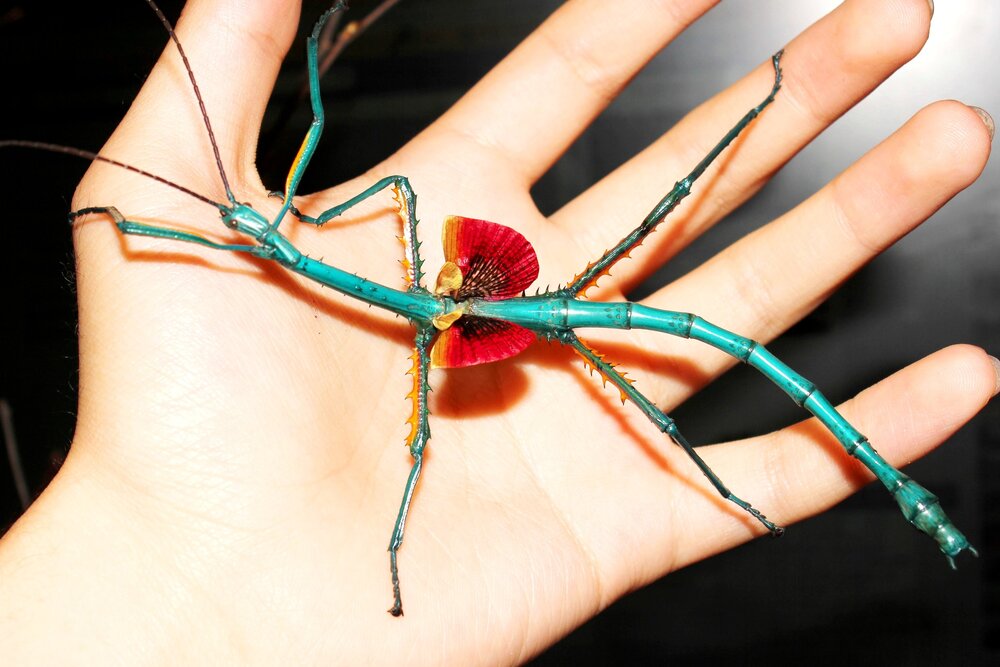
When a predator grabs their leg, stick insects can escape by dropping the limb — a survival tactic called autotomy. Even more impressively, juvenile stick insects can regenerate the lost leg after their next molt. Some adults can even force themselves to molt just to regrow a missing limb!

Talk about girl power: many stick insect species reproduce through parthenogenesis — meaning females lay eggs that develop into more females, no males needed. In captivity, a single female can produce hundreds of daughters. In fact, some species are entirely female; no males have ever been discovered.
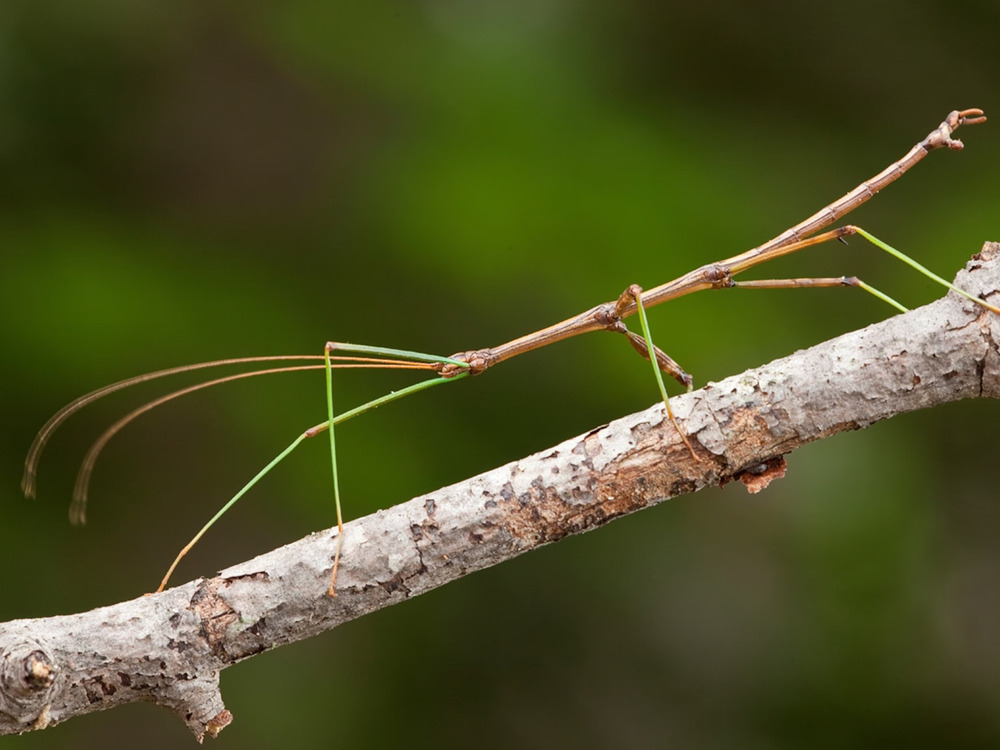
Stick insects don’t just resemble branches — they act like them. Their skinny brown, green, or black bodies blend into twigs and stems, and to perfect the illusion, they gently rock back and forth, mimicking the motion of branches swaying in the wind.
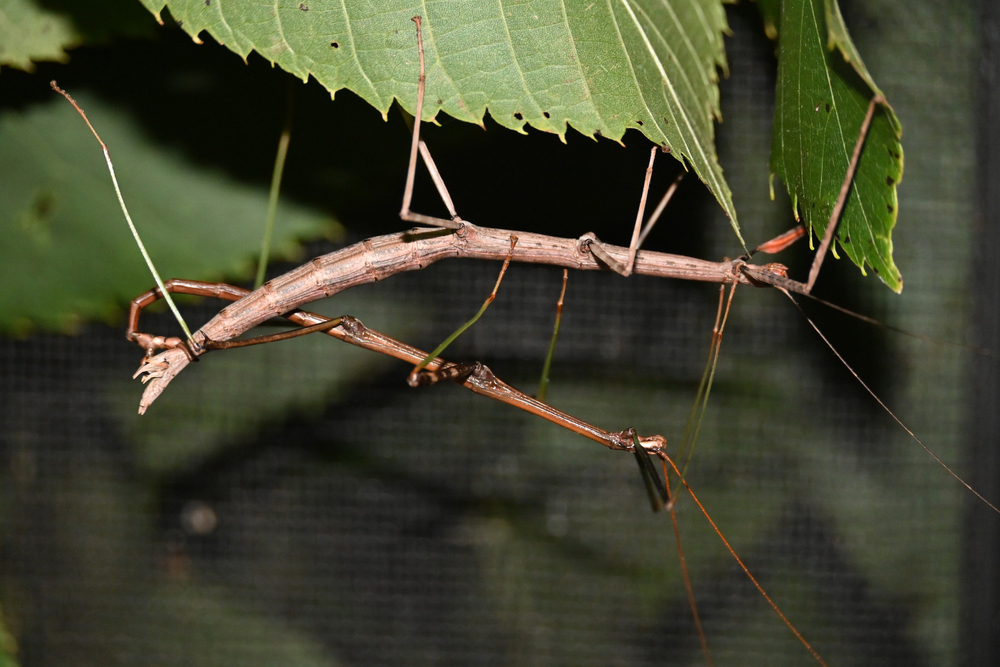
Most stick insect mothers don’t build nests. Instead, they scatter eggs on the forest floor — a clever strategy to prevent predators from finding them all in one place. Even smarter: their eggs look like seeds, helping them avoid detection by carnivorous hunters.
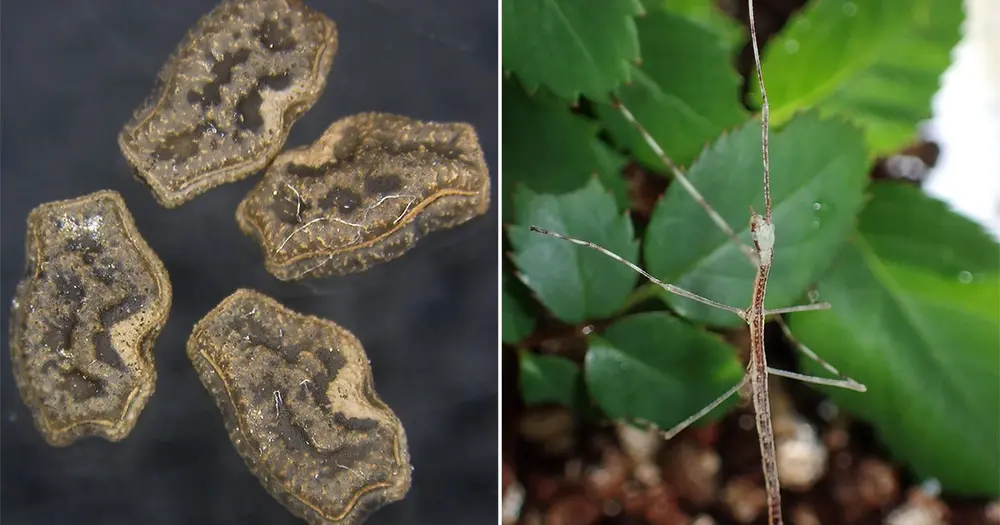
After molting, young stick insects are soft and vulnerable. To avoid attracting predators, they eat their own discarded exoskeleton — removing evidence and recycling nutrients. A two-for-one survival hack!

Stick insects may not be venomous, but they aren’t helpless. Some can vomit foul-tasting liquid, while others ooze smelly fluid from their joints. Larger species may even jab attackers with spiny legs. Some can spray chemicals like miniature tear-gas bombs!
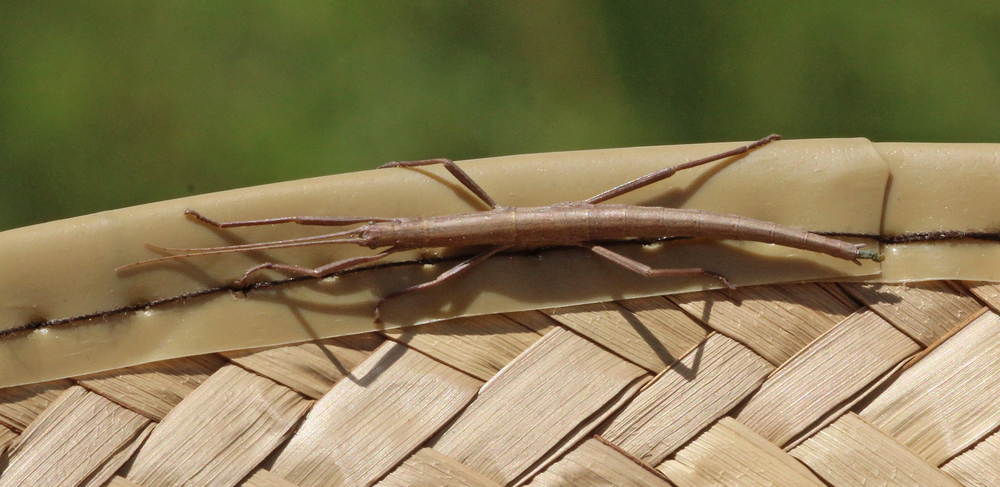
Stick insect eggs have a fatty cap called a capitulum that ants love. The ants carry the eggs back to their nests, eat the capitulum, then dump the eggs into their trash piles — which, surprisingly, are safe places for the eggs to hatch.

Chameleon vibes? Yes, some stick insects can slowly change their coloration depending on their environment. Others have hidden colorful wings that they suddenly flash to confuse predators — and then quickly tuck away again.
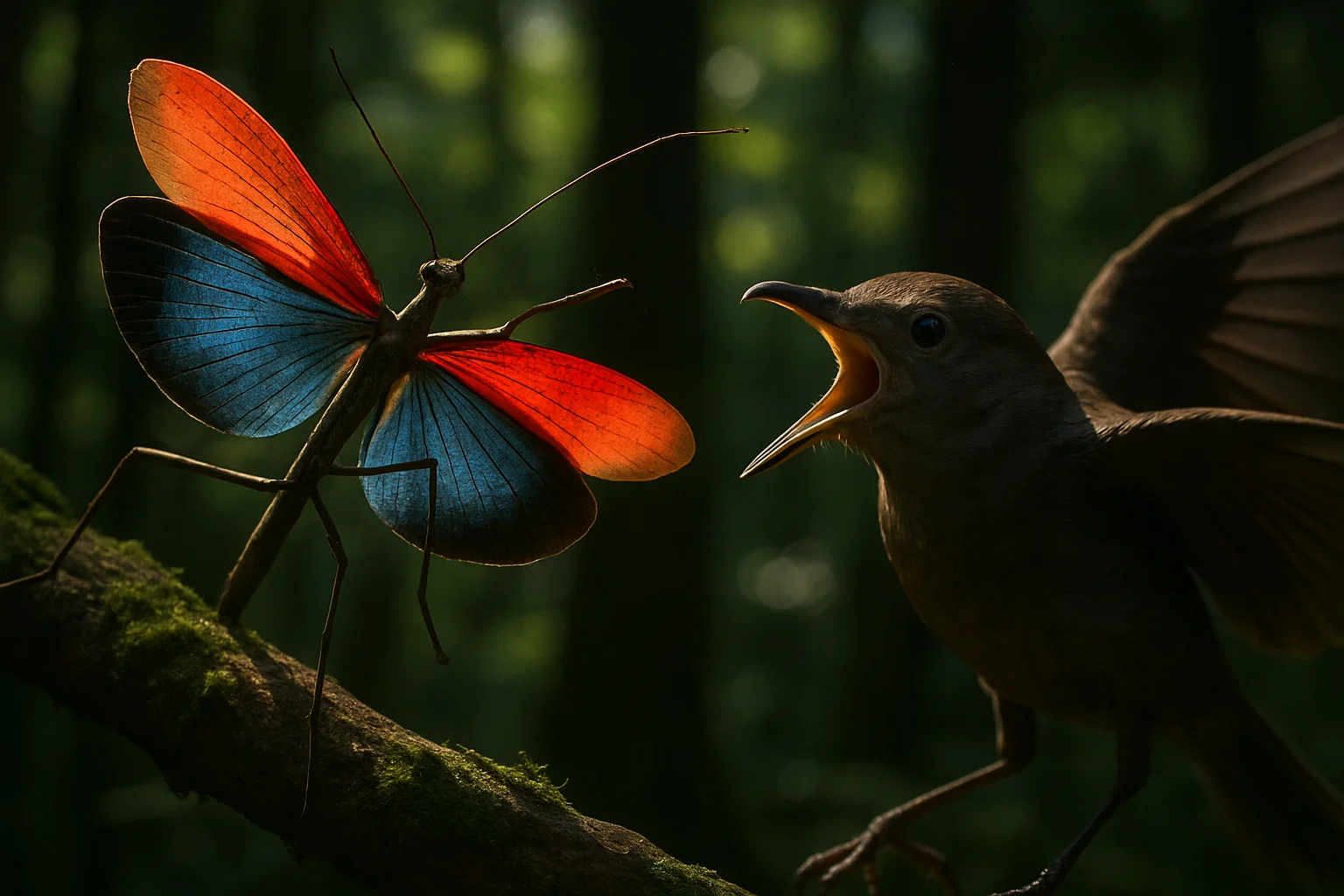
If camouflage and defense fail, stick insects have one more trick: thanatosis — playing dead. They’ll drop from their perch and remain motionless, tricking predators into thinking they’re not worth the effort.

The world record for the longest insect belongs to Phobaeticus chani, or Chan’s Megastick, found in Borneo. Including its legs, it measures an astonishing 22 inches (56 cm) long. A true giant of the insect world!

Stick insects may seem unassuming, but they are full of surprises — from self-cloning and limb regrowth to working with ants and escaping danger like pros. They’re not just insects. They’re invisible ninjas of the natural world.
animal tags: Stick Insect
We created this article in conjunction with AI technology, then made sure it was fact-checked and edited by a Animals Top editor.